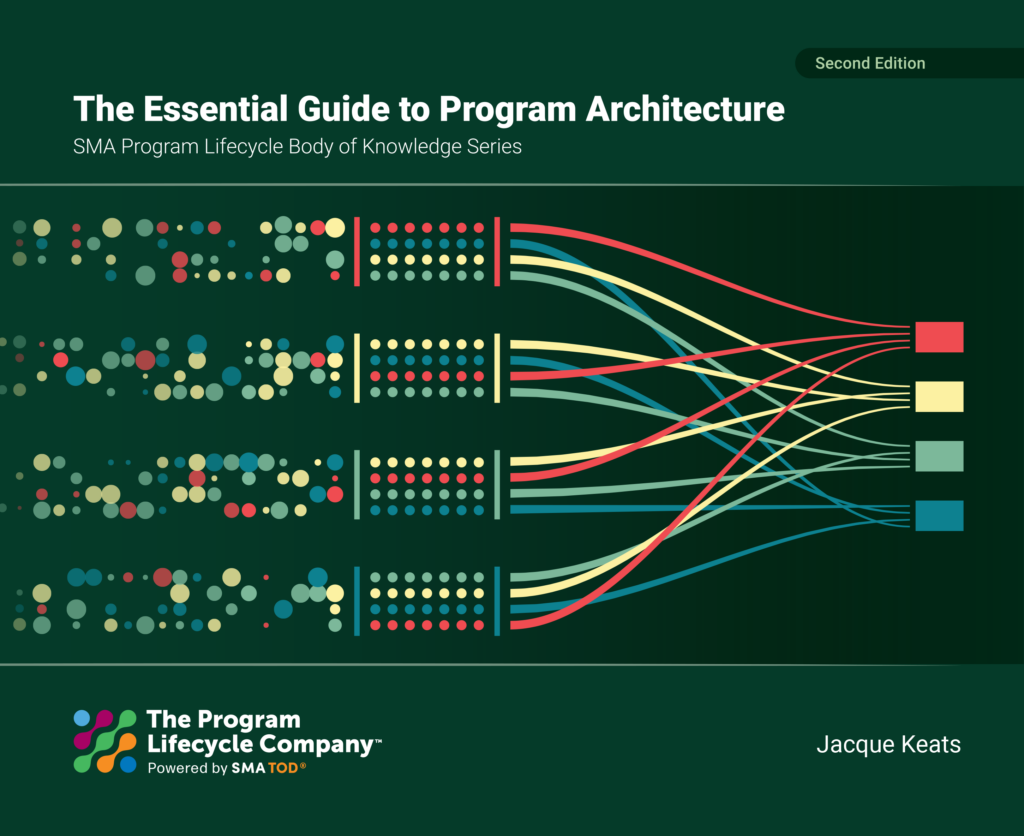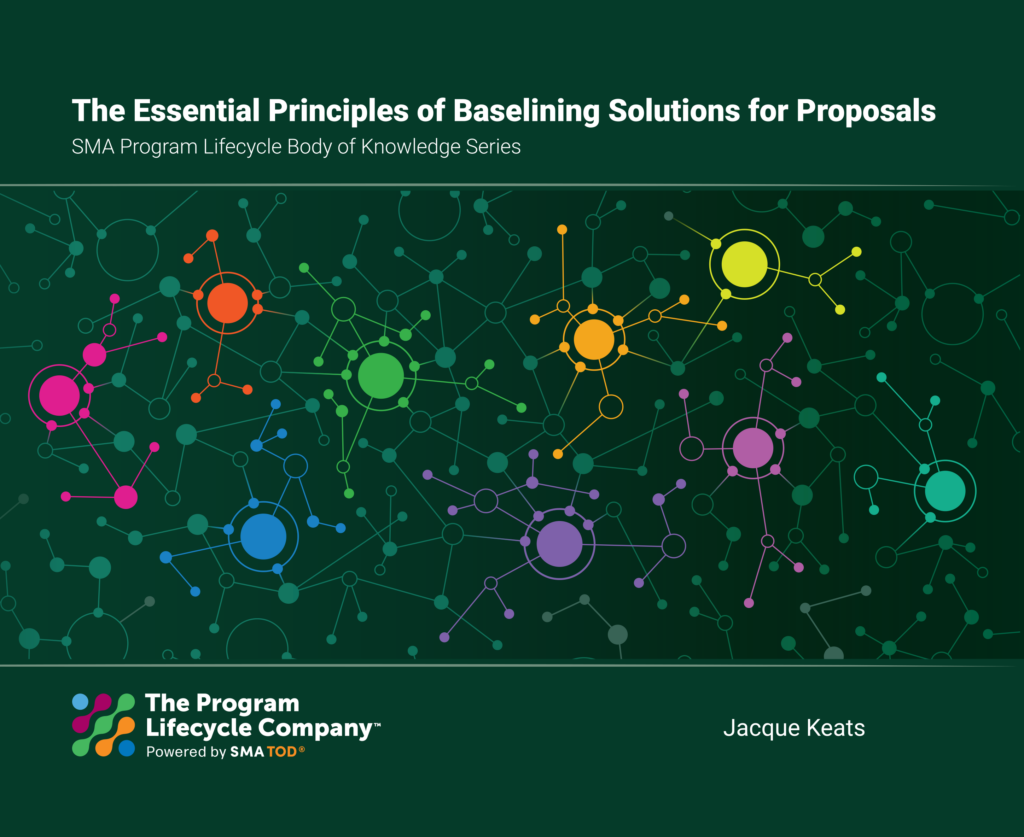Solution Baselines
Developing Solution Baselines Through a Systems Engineering Process
We follow a proven systems engineering process to develop solution baselines and a clear program architecture. It all starts with breaking down the Statement of Work (SOW). We create a detailed matrix that pulls key information, such as:
- All 'shall' statements
- Required meetings and reviews
- Timeframes and milestone dates
- Deliverables
This matrix becomes the foundation for building the Integrated Master Plan (IMP) and Integrated Master Schedule (IMS). It also helps us identify scope, Contract Data Requirements List (CDRL) items, Data Accession List (DAL) deliverables, and critical reviews. Each item is mapped to the Contractor Work Breakdown Structure (CWBS) and assigned to the right Integrated Product Teams (IPTs).
The Four Elements of Our Program Architecture
Our program architecture approach focuses on four core elements. Your final architecture may vary based on program needs, customer expectations, and internal processes.
After analyzing the solicitation documents and creating your matrix, begin developing the program architecture by documenting the program objectives and vision, identifying differentiators, defining the product structure, developing the organization structure, and identifying program-level events:
- 1.Program Architecture Mission: Start by aligning your program’s objectives and vision with your win strategy, capture plan, CONOPS, budget, strategic goals, capability development, and technical baselines.
- 2.Program Products and Services: Define your product structure using key resources like the technical baseline, hardware, software, services, facilities, and equipment. The WBS, SOW, and specification tree guide this process.
- 3.Program Execution Organization: Outline your project’s functional organization through the IPT structure. Include team charters, staff roles, and specific team requirements.
- 4.Program Summary Schedule: Identify all key program-level events (PLEs). These include major milestones, significant achievements, and required criteria. Add ground rules, key processes, assumptions, and any tailoring. Use the master phasing schedule to support this work.
When complete, the program architecture becomes the roadmap for subsequent modules.
Our Books

The Essential Guide to Program Architecture
A structured guide to developing the program architecture early in the proposal process.